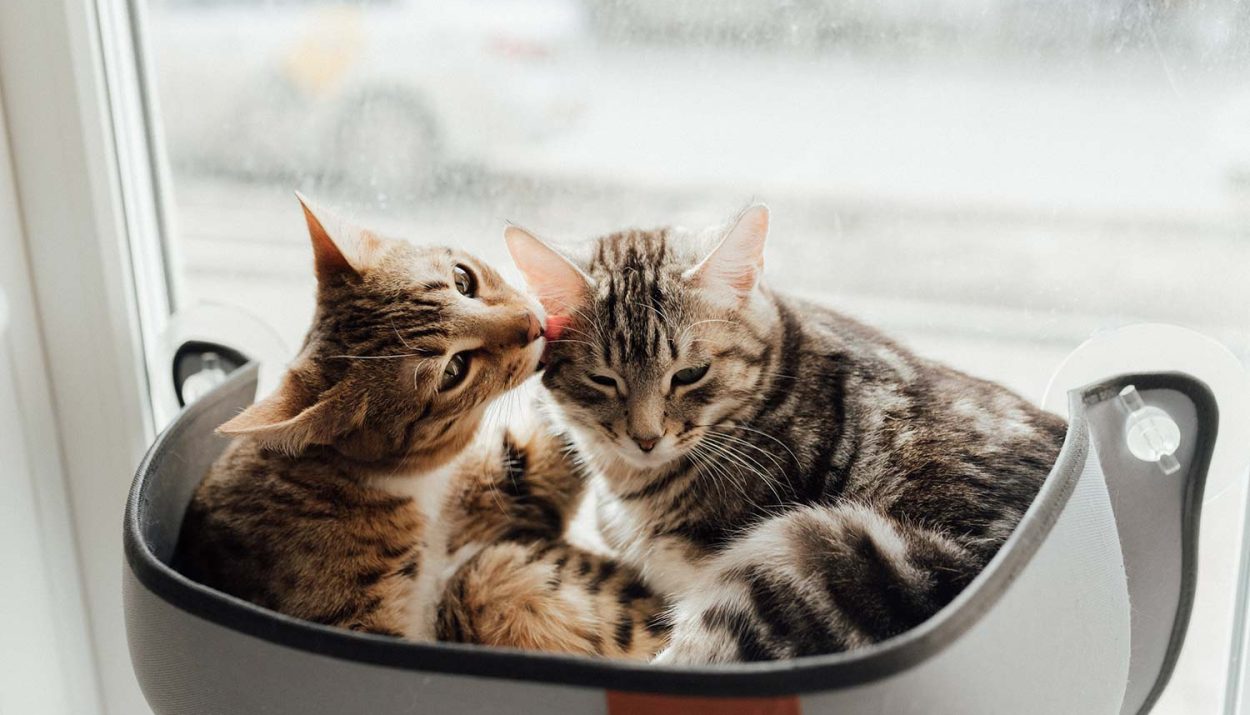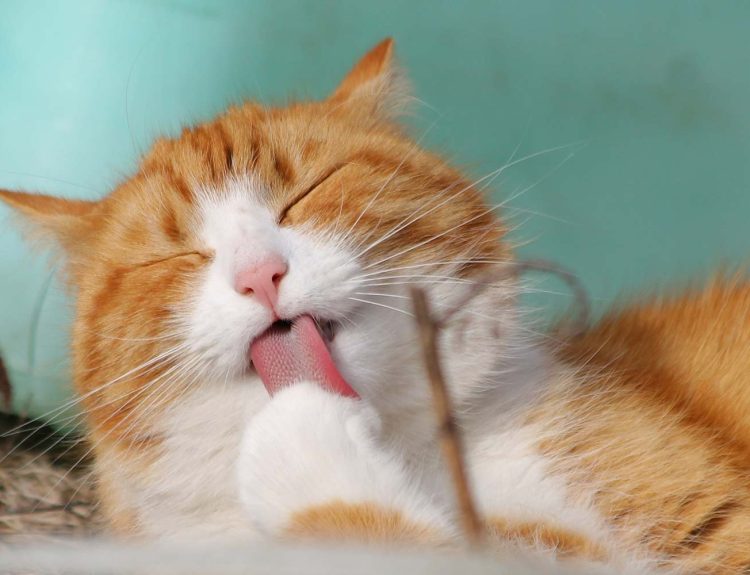A cat tree can be a cat owner’s best friend, providing both entertainment and a scratching post all in one. However, not all cat trees are created equal, and their effectiveness can be greatly influenced by their placement within the home. Learn how to maximize your cat tree’s potential with these placement and positioning tips.
Cat trees should be placed in areas that offer a good balance of activity and seclusion. Cats enjoy observing their environment, so placing the tree near a window can provide both entertainment and a vantage point.
Consider the height of your cat tree. Taller trees are often more appealing to cats, as they offer a greater sense of territory. If space is limited, look for trees with multiple levels to create a sense of height.
Avoid placing the cat tree in high-traffic areas or near loud appliances, as this can deter your cat from using it. Cats prefer calm environments, so a quiet corner of the living room or a spare bedroom can be ideal.
Ensure the base of the cat tree is stable and on a non-slip surface to prevent any accidents or tip-overs. This is especially important for trees with multiple levels or those that are taller.
Finally, give your cat time to acclimate to the new addition. Some cats may be hesitant at first, so placing a favorite toy or blanket on the tree can encourage them to explore.
By considering the placement and positioning of your cat tree, you can create an environment that encourages your cat to use it, providing them with both physical and mental stimulation.






